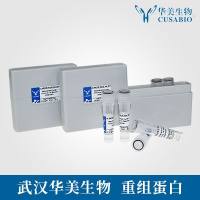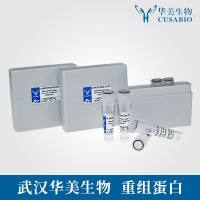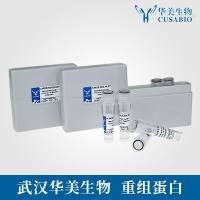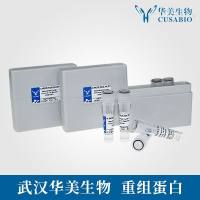Genetic Manipulation of Poxviruses Using Bacterial Artificial Chromosome Recombineering
互联网
互联网
相关产品推荐

Recombinant-Saccharomyces-cerevisiae-Genetic-interactor-of-prohibitin-7-mitochondrialGEP7Genetic interactor of prohibitin 7, mitochondrial
¥11116

AQPZ/AQPZ蛋白Recombinant Escherichia coli Aquaporin Z (aqpZ) (Active)重组蛋白Bacterial nodulin-like intrinsic protein蛋白
¥9720

Recombinant-Zygosaccharomyces-rouxii-Genetic-interactor-of-prohibitin-7-mitochondrialGEP7Genetic interactor of prohibitin 7, mitochondrial
¥10934

Recombinant-Ashbya-gossypii-Genetic-interactor-of-prohibitin-7-mitochondrialGEP7Genetic interactor of prohibitin 7, mitochondrial
¥10276

GSP1/GSP1蛋白Recombinant Saccharomyces cerevisiae GTP-binding nuclear protein GSP1/CNR1 (GSP1)重组蛋白Chromosome stability protein 17 (GTPase Ran homolog) (Genetic suppressor of PRP20-1) (CNR1) (CST17)蛋白
¥2328

